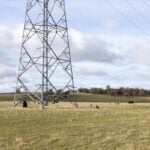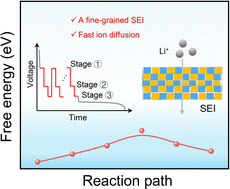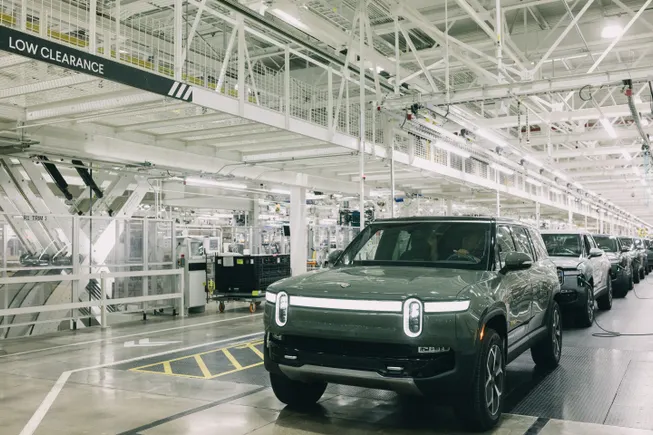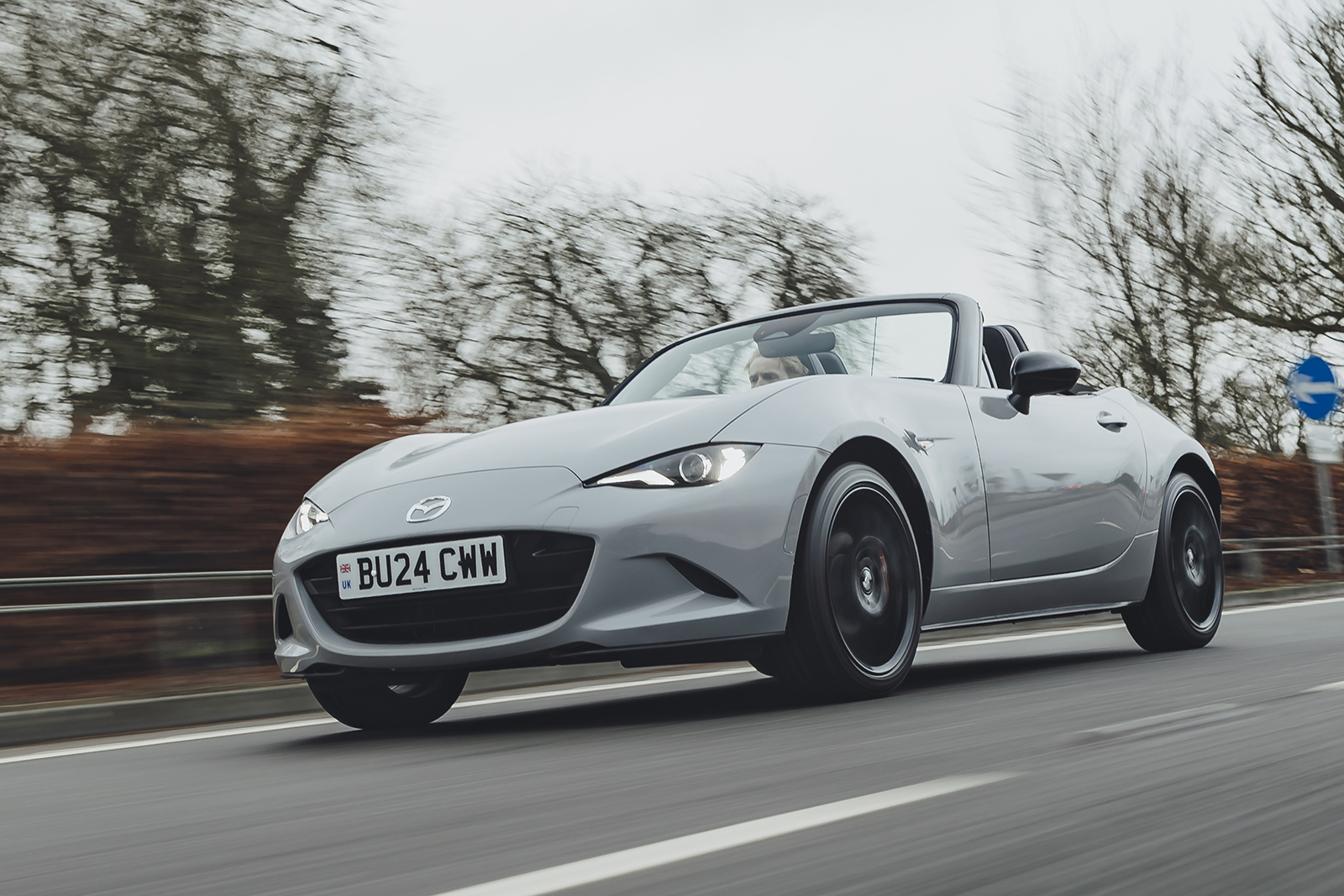Tyre wear in the spotlight as EV-specific rubber gains traction
Tyre makers focus on EVs’ needs amid rising demand for replacements A year since it began marketing EV-specific tyres for electric vans and taxis, British company Enso has launched its first tyres for passenger EVs – specifically, the Tesla Model 3 and Y and Jaguar I-Pace. There are currently more than 1.5 million electric cars on UK roads, and this year car makers expect to sell a further 450,000. Meanwhile, in 2022, 40 million car tyres were sold in the UK in a market worth around £2.3 billion. By 2030, the market is expected to be worth around £3.9bn. Compared with giants such as Michelin and Continental, Enso is a relative minnow, but it punches above its weight thanks to initiatives such as direct sales and an emphasis on technical innovation - including reducing particulate pollution through improved tyre wear rates. “The sheer weight of EVs impacts the tyres,” said Gunnlaugur Erlendsson, founder and CEO of Enso. “The fact that you then have high torque and the cars being driven in urban areas also has an impact. The tyres wear down, but we reduce the rate at which they do by using better raw materials, construction and ‘recipes’, and by collecting data continuously from the field to understand how EVs are reacting to the road.” Balancing tyre wear with optimal rolling efficiency, the desired wet and dry handling performance and acceptable noise levels are among the challenges confronting Enso and other manufacturers of EV tyres. “Today, tyres are coping with far heavier vehicle loads than in the past,” said Jaap Leendertse, general manager of tyre development at Falken Tyres. “Previously, you had 50% of a tyre’s load capacity utilised; now we are at 70-80%, and that means we are more focused on the tyre lasting longer.” Michelin has stated that EVs wear tyres 20% faster than ICE vehicles. According to Kwik Fit, Tesla models are the heaviest on tyres, while Citroën, Mercedes and BMW models are among those needing fresh tyres at an above-average rate. Enso’s new EV-specific tyres are marketed as such (although they can be used with other fuel types), but many new tyres coming to market today are touted by their makers as suitable for EVs, hybrids and even ICE vehicles. Chris Staincliffe, senior marketing manager at Micheldever, a leading tyre wholesaler, said: “The reason is that the EV tyre market is still small, so they would rather design a tyre for all applications. They are still required to have an EV tyre’s strengthened sidewall, lower rolling resistance, low road noise levels and good wear rates, but being made in volume means they can have all these things and still be affordable “In any case, all tyres – regardless of the car they are fitted to – need to satisfy these goals in order to achieve good ratings. It’s also easier for consumers when one tyre fits all. We’ve seen EVs arrive at our fitting centres on incompatible ICE tyres that are completely shredded. The trend for dual-purpose tyres is catching on, with more now appearing at mid-price. Customers are becoming savvy about dual-purpose tyres and asking for them.” Are EV-ready tyres more expensive? Autocar compared prices of premium EV-ready tyres for three electric cars with tyres for their ICE equivalents. Compared with a Volkswagen Golf 1.5 TSI, the tyres for a VW ID 3 were on average 55% more expensive – probably because its 18in wheels are 2in larger. Those for a BMW iX3 M Sport are different sizes front and rear than for a BMW X3, whose tyres are all the same size. The iX3’s tyres were 10% more expensive at the front and 13% more expensive at the rear. The tyres for a Mini Cooper and Cooper Electric cost the same. “As the number of EV-ready tyres grows, prices should fall, but there are few signs of it at the moment,” says Micheldever’s Chris Staincliffe. “However, they are still much cheaper than OE, EV-only tyres.”
A year since it began marketing EV-specific tyres for electric vans and taxis, British company Enso has launched its first tyres for passenger EVs – specifically, the Tesla Model 3 and Y and Jaguar I-Pace.
There are currently more than 1.5 million electric cars on UK roads, and this year car makers expect to sell a further 450,000. Meanwhile, in 2022, 40 million car tyres were sold in the UK in a market worth around £2.3 billion. By 2030, the market is expected to be worth around £3.9bn.
Compared with giants such as Michelin and Continental, Enso is a relative minnow, but it punches above its weight thanks to initiatives such as direct sales and an emphasis on technical innovation - including reducing particulate pollution through improved tyre wear rates.
“The sheer weight of EVs impacts the tyres,” said Gunnlaugur Erlendsson, founder and CEO of Enso. “The fact that you then have high torque and the cars being driven in urban areas also has an impact. The tyres wear down, but we reduce the rate at which they do by using better raw materials, construction and ‘recipes’, and by collecting data continuously from the field to understand how EVs are reacting to the road.”
Balancing tyre wear with optimal rolling efficiency, the desired wet and dry handling performance and acceptable noise levels are among the challenges confronting Enso and other manufacturers of EV tyres.

“Today, tyres are coping with far heavier vehicle loads than in the past,” said Jaap Leendertse, general manager of tyre development at Falken Tyres. “Previously, you had 50% of a tyre’s load capacity utilised; now we are at 70-80%, and that means we are more focused on the tyre lasting longer.”
Michelin has stated that EVs wear tyres 20% faster than ICE vehicles. According to Kwik Fit, Tesla models are the heaviest on tyres, while Citroën, Mercedes and BMW models are among those needing fresh tyres at an above-average rate.
Enso’s new EV-specific tyres are marketed as such (although they can be used with other fuel types), but many new tyres coming to market today are touted by their makers as suitable for EVs, hybrids and even ICE vehicles. Chris Staincliffe, senior marketing manager at Micheldever, a leading tyre wholesaler, said: “The reason is that the EV tyre market is still small, so they would rather design a tyre for all applications. They are still required to have an EV tyre’s strengthened sidewall, lower rolling resistance, low road noise levels and good wear rates, but being made in volume means they can have all these things and still be affordable
“In any case, all tyres – regardless of the car they are fitted to – need to satisfy these goals in order to achieve good ratings. It’s also easier for consumers when one tyre fits all. We’ve seen EVs arrive at our fitting centres on incompatible ICE tyres that are completely shredded. The trend for dual-purpose tyres is catching on, with more now appearing at mid-price. Customers are becoming savvy about dual-purpose tyres and asking for them.”
Are EV-ready tyres more expensive?
Autocar compared prices of premium EV-ready tyres for three electric cars with tyres for their ICE equivalents.
Compared with a Volkswagen Golf 1.5 TSI, the tyres for a VW ID 3 were on average 55% more expensive – probably because its 18in wheels are 2in larger. Those for a BMW iX3 M Sport are different sizes front and rear than for a BMW X3, whose tyres are all the same size. The iX3’s tyres were 10% more expensive at the front and 13% more expensive at the rear. The tyres for a Mini Cooper and Cooper Electric cost the same.
“As the number of EV-ready tyres grows, prices should fall, but there are few signs of it at the moment,” says Micheldever’s Chris Staincliffe. “However, they are still much cheaper than OE, EV-only tyres.”











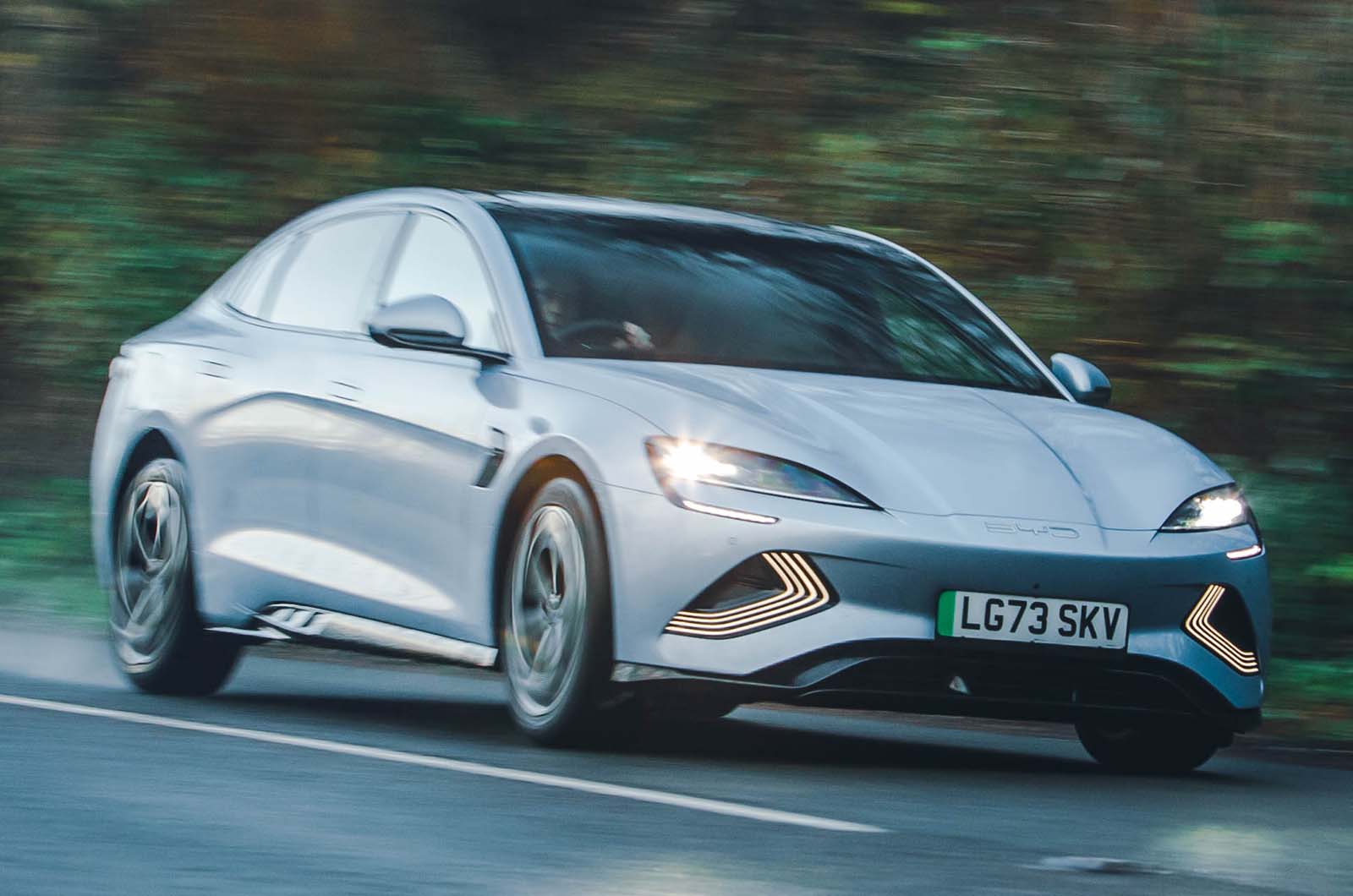
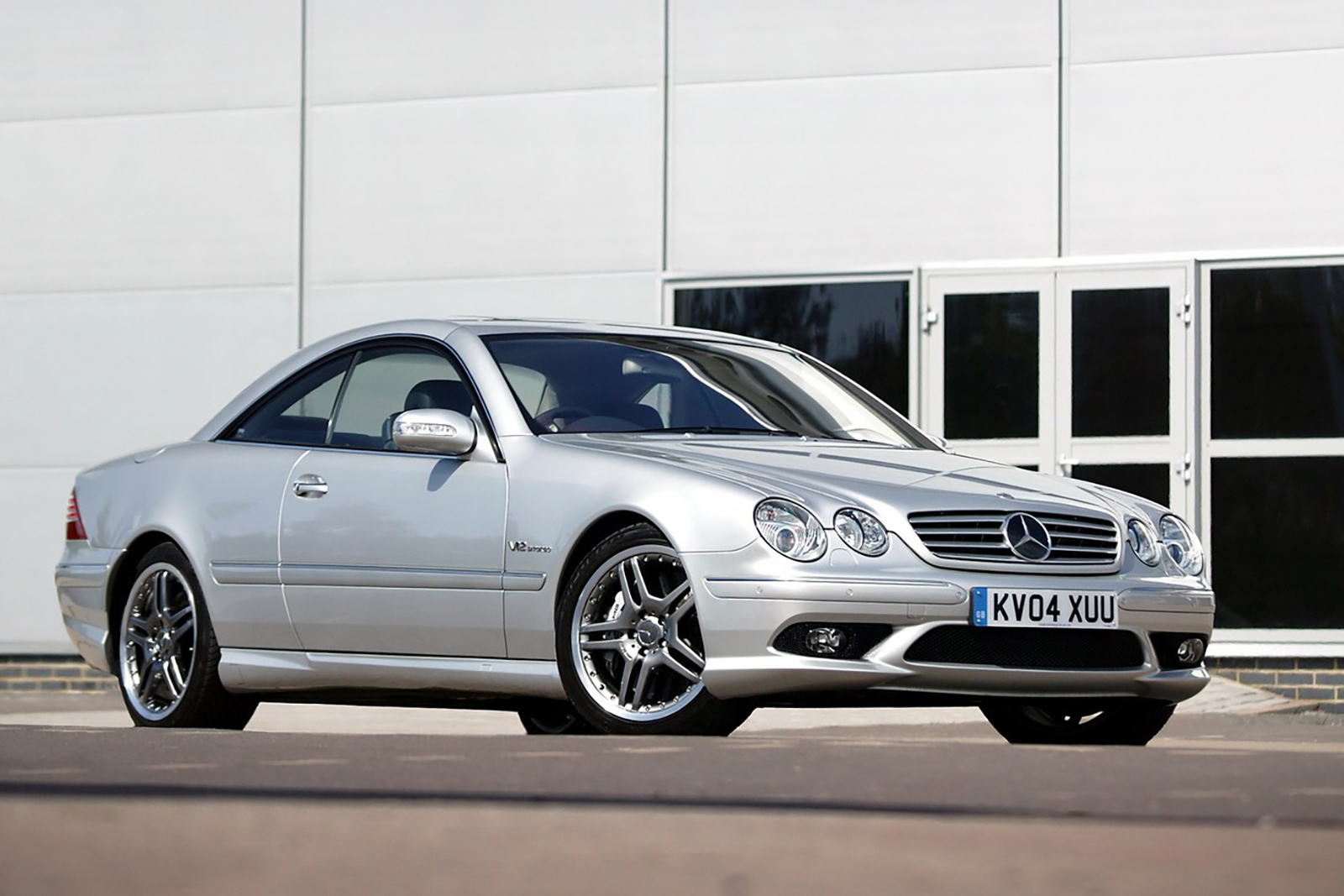
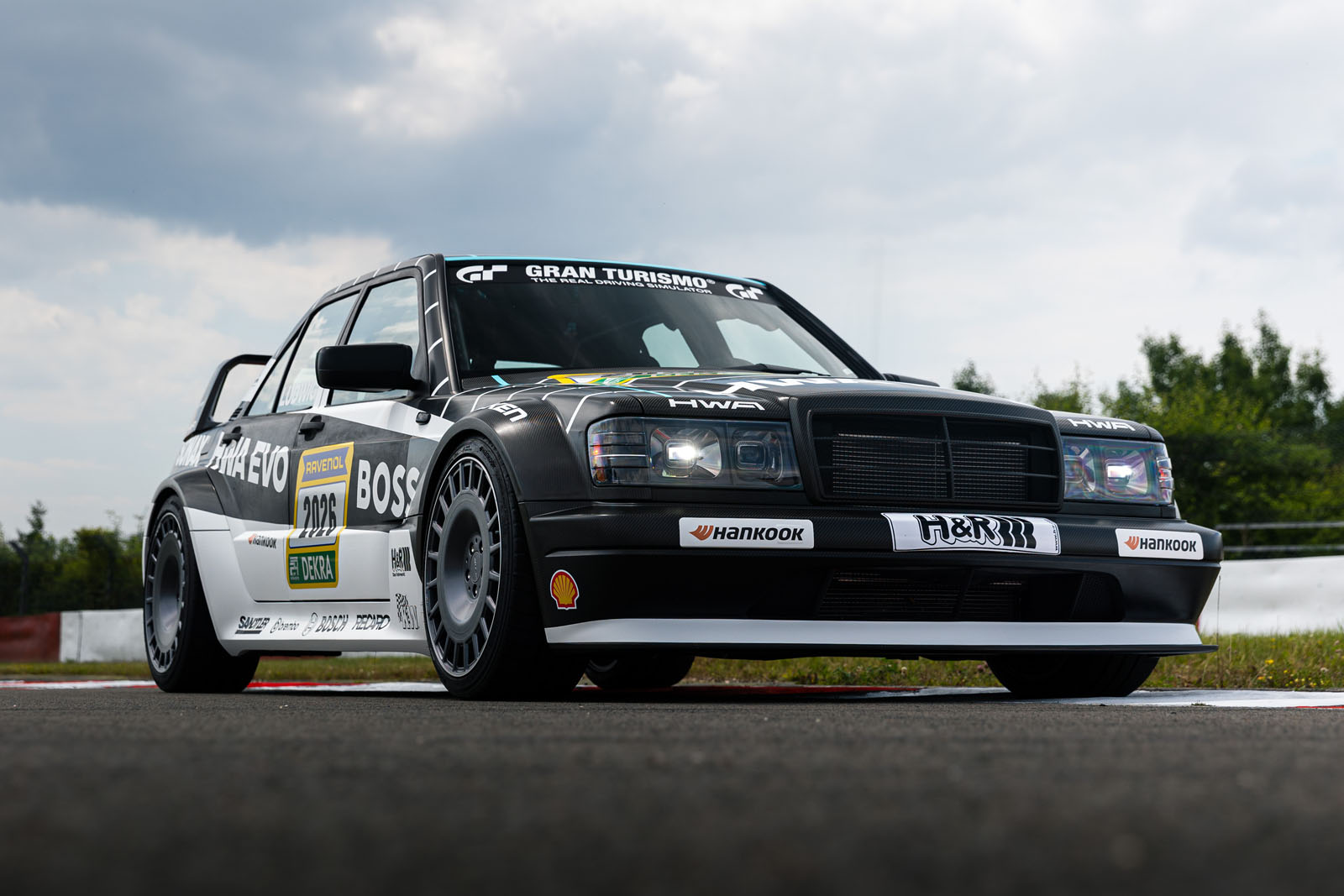











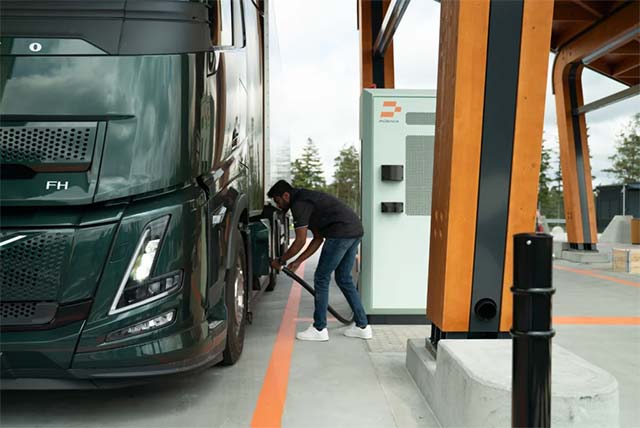





























































![Four big takeaways to wrap up the Paris Air Show [Video]](https://breakingdefense.com/wp-content/uploads/sites/3/2023/06/FCAS-scaled-e1685718848105.jpg?#)
![The sights of Paris Air Show, one last time: Day 4 [Photos]](https://breakingdefense.com/wp-content/uploads/sites/3/2025/06/20250617-helenedelacoste-Paris-Air-Show-037-scaled-e1750357690820.jpg?#)







































